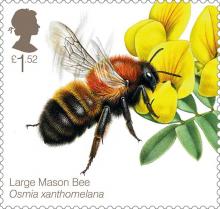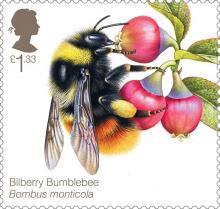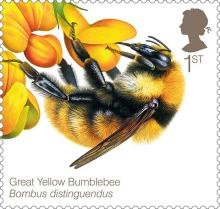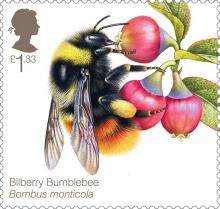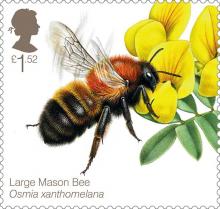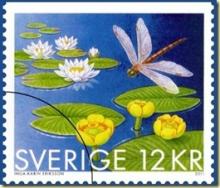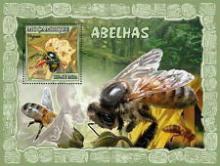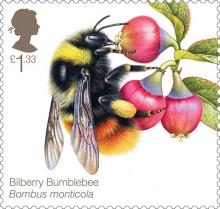Nog steeds te veel imidacloprid in de sloten van het boomteeltgebied rondom Boskoop
Ondanks alle regelgeving zit er nog steeds te veel van het insecticide imidacloprid in de sloten rond de boomkwekers in Boskoop. Dit veelgebruikte middel wordt gezien als de veroorzaker van de massale bijensterfte. Dit blijkt uit onderzoek van het Centrum voor Milieuwetenschappen van de Universiteit Leiden in opdracht van het ministerie van Economische Zaken. Op 13 plekken in het boomteeltgebied van 54 vierkante kilometer zijn tussen eind 2004 en begin 2015 ruim duizend metingen verricht. Bij 20 procent van de monsters zat de imidacloprid-concentratie boven de maximale norm. ,,We zien de afgelopen vier jaar geen daling, dat betekent dat de bijensterfte gewoon door gaat'', zegt ecotoxicoloog Martina Vijver van Universiteit Leiden, die het onderzoek heeft gedaan. ,,Ook het waterleven en dan bedoel ik de insecten, gaat ervan kapot. Het kan zijn dat het middel minder snel afbreekt dan de producent aangeeft op basis van laboratoriumonderzoek'', zegt onderzoekster Vijver. Daarnaast voldoet de zuiveringsmethode overduidelijk niet. Het Leidse onderzoek richtte zich op zowel regio's met bomen- en bloembollenteelt als op regio's met kassenteelt. Tegen de verwachting in hebben de maatregelen niet geleid tot een lagere emissie van het insecticide. Het rapport ligt bij de Tweede Kamer, die op 20 januari debatteert over de uitkomsten.


